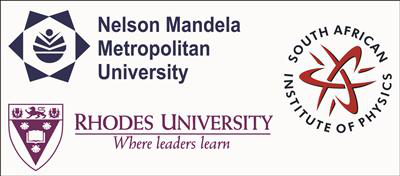Speaker
Please indicate whether<br>this abstract may be<br>published online<br>(Yes / No)
YES
Level for award<br> (Hons, MSc, <br> PhD, N/A)?
No
Would you like to <br> submit a short paper <br> for the Conference <br> Proceedings (Yes / No)?
YES
Apply to be<br> considered for a student <br> award (Yes / No)?
No
Abstract content <br> (Max 300 words)<br><a href="http://events.saip.org.za/getFile.py/access?resId=0&materialId=0&confId=34" target="_blank">Formatting &<br>Special chars</a>
Subsurface scanning or imaging using radar techniques is becoming more popular in recent years, especially for the location of reinforcing rebar and voids in concrete structures. Radar has advantages in detecting steel rebar embedded in concrete structures due to the sensitivity of electromagnetic waves to metallic objects. However while radar is being used in locating reinforcing rebar embedded inside concrete, the interaction of electromagnetic waves especially at microwaves frequencies with concrete is often not well explored. At microwave frequencies the varying electric and magnetic field of an electromagnetic wave will result in the oscillation of the electric and magnetic dipoles in the dielectric material when attempting to align themselves with the frequency of the wave. In the microwave range this has resulted in the generation of heat in dielectric materials, which concrete is one of them. Due to the inhomogeneous nature of concrete, exposing it to microwave irradiation will result in an inherently non-uniform temperature distribution, resulting to stresses and strains of different magnitudes within the lattice. This will be mainly due to significantly different thermal expansion coefficients existing between different minerals and composing materials in concrete as a composite material. The stresses will lead to localised macroscopical fractions of an intergranular and transgranular nature. These are seen as benefits in mineral processing processes such as comminution and leaching. However in concrete structures the formation of intergranular and transgranular cracks will not have benefits, as they will compromise the integrity of the structures. However, the power used in scanning or imaging is very low compared to the power used in microwave heating. This paper discusses the absorption of electromagnetic radiation by concrete structures and its influence in the strength of concrete and the effect of applied microwave power levels.
Main supervisor (name and email)<br>and his / her institution
Prof. Antoine F. MULABA-BAFUBIANDI

